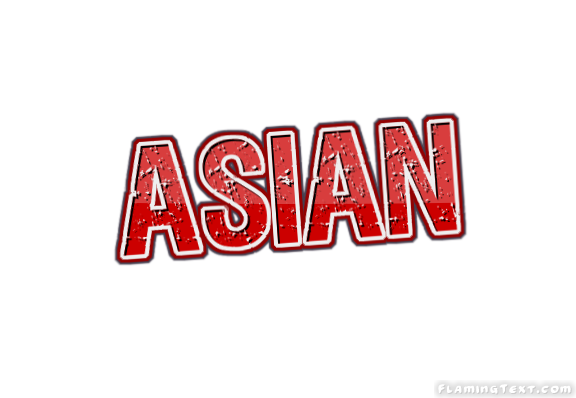

Japanese: Hasegawa Tōhaku (1539–1610), Pine Trees screen, Right panel of the Shōrin-zu byōbu ( 松林図 屏風). The shan shui style of mountain landscapes are by far the most common, often evoking particular areas traditionally famous for their beauty, from which the artist may have been very distant. In landscape painting the scenes depicted are typically imaginary, or very loose adaptations of actual views. Some old and famous paintings have become rather disfigured by this the Qianlong Emperor was a particular offender.

Chinese collectors liked to stamp paintings with their seals, usually in red inkpad, and sometimes added poems or notes of appreciation. In both formats, paintings were generally kept rolled up, and brought out for the owner to admire, often with a small group of friends.
#ASIAN NAME PRONOUNCED TINCTA PROFESSIONAL#
The vertical hanging scroll was the classic format the long horizontal handscroll format tended to be associated with professional coloured painting, but was also used for literati painting. In Korea, painters were less segregated, and more willing to paint in two techniques, such as mixing areas of colour with monochrome ink, for example in painting the faces of figures.

In practice a talented painter often had a very useful advantage in climbing the bureaucratic ladder. Especially in China, it was a gentlemanly occupation associated with poetry and calligraphy, and often produced by the scholar-official or literati class, ideally illustrating their own poetry, and producing the paintings as gifts for friends or patrons, rather than painting for payment.

In China and Japan, but much less so in Korea, ink wash painting formed a distinct stylistic tradition, with a different set of artists working in it from those doing other types of painting. Chinese scholars have their own views different from this, and they believe that contemporary Chinese ink wash paintings are the pluralistic continuation of multiple historical traditions. Some Western scholars divide Chinese painting (including ink wash painting) into three periods: times of representation, times of expression, and historical Oriental art. It flourished from the Song dynasty in China (960–1279) onwards, as well as in Japan after it was introduced by Zen Buddhist monks in the 14th century. It is typically monochrome, using only shades of black, with a great emphasis on virtuoso brushwork and conveying the perceived "spirit" or "essence" of a subject over direct imitation. Emerging during the Tang dynasty of China (618–907), it overturned earlier, more realistic techniques. Ink wash painting ( simplified Chinese: 水墨画 traditional Chinese: 水墨畫 pinyin: shuǐmòhuà Japanese: 水墨画, romanized: suiboku-ga or Japanese: 墨絵, romanized: sumi-e Korean: 수묵화, romanized: sumukhwa) is a type of Asian ink brush painting which uses black ink, such as that used in Asian calligraphy, in different concentrations. Liang Kai ( Chinese: 梁楷, 1140–1210), Drunken Celestial ( Chinese: 潑墨仙人), ink on Xuan paper, 12th century, Southern Song (Chinese), National Palace Museum, Taipei


 0 kommentar(er)
0 kommentar(er)
